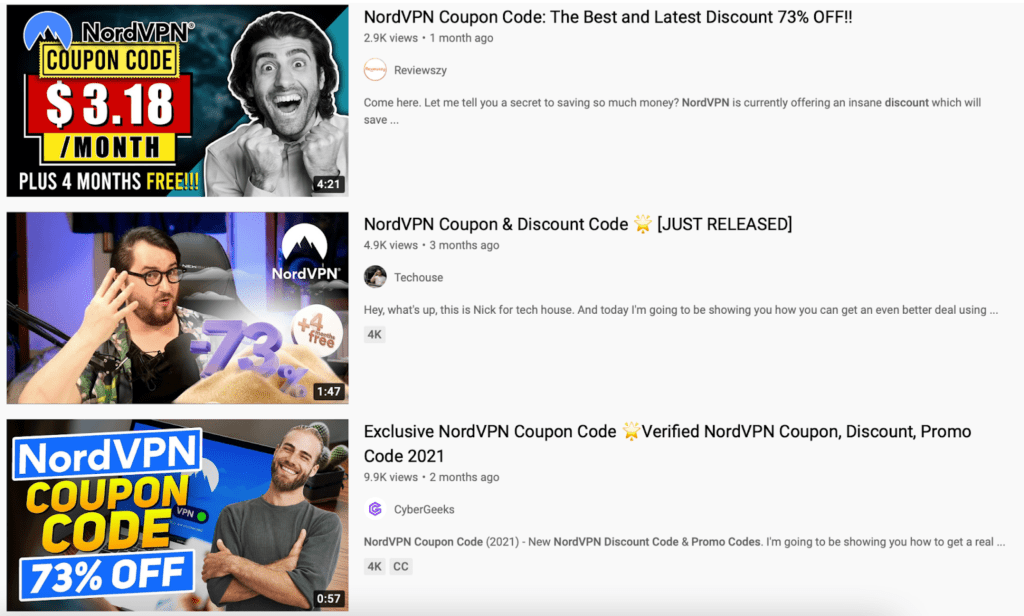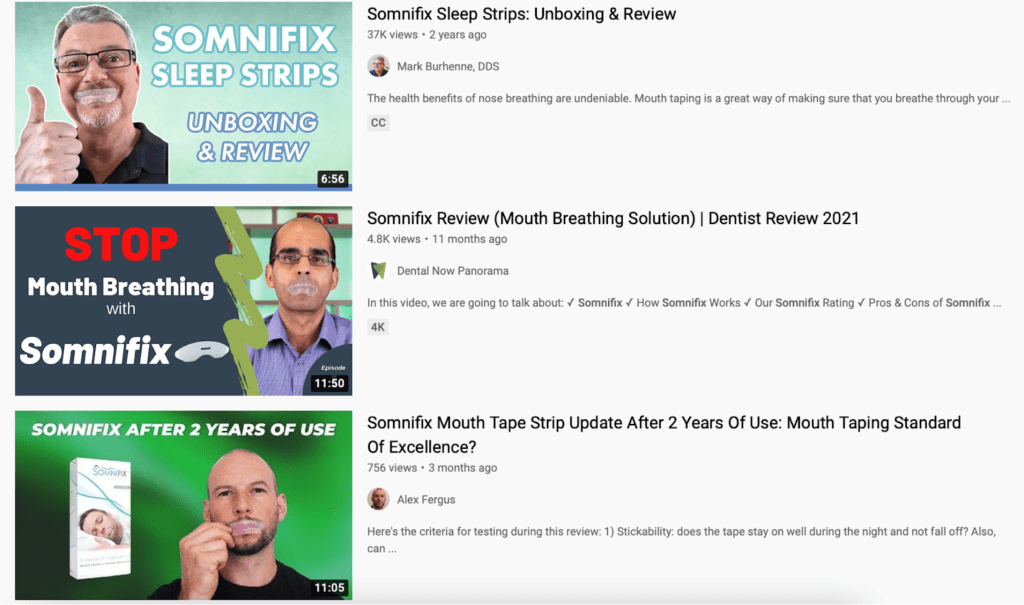Rise and Shine - How Micro-Influencers Have Changed The Marketing Game

The explosion of social media branding has changed the way businesses market themselves online. While digital display advertising still has a role to play, there’s a strong trend toward micro-influencer and nano-influencer marketing.
Micro-influencers aren’t celebrities. They could be your neighbor, personal trainer, or makeup artist. One thing they have in common is a loyal fanbase. Most micro-influencers have between 1,000 and 100,000 followers.
If you’re a business owner, now is the time to shake up your marketing. The game has changed, and if you’re not working with micro-influencers — you should be.
Why should you add micro-influencers to your marketing strategy? Let’s find out.
Creating Unique Partnerships
Micro-influencers are popular because they’re easy to relate to. Their followers usually have very similar interests and lifestyles.
For example, a micro-influencer could be celebrating their parenting journey on Instagram or going on a podcast sharing their wins. Their fans will likely be going through a similar stage of life.
Keep in mind; there are over 15,000,000 posts on Instagram with the parenting hashtag. That’s a lot of like-minded individuals.

Remember, most micro-influencers are good at interacting with their fans. Relatable content and interactivity can help build a relationship between the micro-influencer and their followers.
For businesses, this is good news. Choosing a quality micro-influencer for your marketing can help you raise brand awareness. When someone with a loyal fanbase shares your product or service, it’ll be an endorsement from a person they trust. These unique collaborations can be more valuable than generic mass advertising campaigns.
Let’s take a look at an example. Specific industries rely on visual interactions from customers, such as restaurants and food delivery apps. It’s a competitive market, and over the last two years, there’s been a rising trend in meal deliveries.
For these business types, collaborations with micro-influencers can help raise brand awareness. A positive plug from a micro-influencer could be the push new customers need to choose your service.
Opening Up the Market
Adding different strategies to your marketing plan can be the key to expanding your business.
The internet has opened up opportunities for promotion both nationally and internationally. Without the boundaries of borders, imagine the possibilities.
When you partner with an international micro-influencer, it can be like learning a new language. You can target audiences you wouldn’t normally have access to, especially if your micro-influencer is fluent in a foreign language.
There are international micro-influencers on all the major platforms, including YouTube.

Besides international markets, businesses can tackle new local demographics. For example, a bike store with minimal Instagram followers could collaborate with relevant micro-influencers. The right fit could be Instagrammers with feeds dedicated to cycling.
By working with the cycling micro-influencers, the bike store can unlock the Instagram market.
Kicking (Measurable) Goals
Micro-influencer partnerships aren’t about throwing money at hundreds of social media users without a plan. This type of marketing is popular because campaigns can be measurable. According to Databox research, 45% of the experts they talked to say that they collaborate with an average of 2-5 influencers.
Brands can get a high ROI (return on investment) when they use campaign monitoring tools. Some analytics tools are built into the social media platforms.
For more in-depth analytics, you can sign up to Shoutcart. When you book a campaign, you can track the posts and view performance statistics.
Before you commit your marketing budget to micro-influencer partnerships, start with goal setting. What results are you looking for? For example, do you want to increase sales by 25% through influencer marketing?
When you have clear goals, you can tailor your content creation process and SEO to your desired outcomes.
Goals and analytics are essential tools for any serious marketer. You can see what works, what doesn’t and make changes on the go.
Finding a Dedicated Niche
Traditional advertising can be broad and generalized. Brands often cast a wide net in the hopes their target audience will connect.
For businesses with a niche user demographic, micro-influencers have changed the marketing game. These brands can now reach a highly-targeted audience.
Here’s a quick case study from NordVPN. The VPN service has had major success with micro-influencer marketing campaigns. It collaborated with gaming YouTubers and offered them shareable discount codes. The micro-influencers got a percentage of any sales they generated.
It was a significant investment, but one that has paid off. NordVPN’s revenue grew from $5.5 million to $7.8 million in less than half a year.

NordVPN didn’t waste its time and money marketing to the wrong crowd. The brand knows who its customers are and where they hang out online.
The moral of the story is — if your product doesn’t appeal to a wide audience, market to a smaller, highly-targeted one.
Offering More Choices
Traditional advertising methods came with limited options. Before Google and everything world-wide-web, brands relied on television, radio, and newspaper advertising.
Social media has given brands more choices. Now, there’s a seemingly unlimited number of micro-influencers who are ready to collaborate. They’ll usually fall under a specific category such as beauty, lifestyle, tech, parenting, business, or health.
All marketers need to do is find micro-influencers that have the same audience profile.
But when it comes to marketing, there’s that old dilemma — quality vs quantity. Micro-influencers create content across a range of mediums. For example, there are styled product shots on Instagram, video reviews on YouTube, and infographics on Pinterest.
When a micro-influencer enters into a partnership, the quality of the content can have an impact on the brand’s reputation.
Just because there are more choices doesn’t mean you shouldn’t be selective. Before you commit to a micro-influencer, you should browse their existing content.
Here are a few questions to consider before reaching out to a micro-influencer:
- Do their values align with those of your company?
- Do they update their feed regularly?
- Do they interact with their followers?
- Do they pride themselves on high-quality content?
- Do they have the same demographic as your company?
- Do they treat their partners with respect?
Driving Website Traffic
Micro-influencers have the power to drive traffic to your website. When brands use different voices to share their links, it can directly impact site visitor numbers. It can also support your SEO efforts.
Keeping on top of content can be time-consuming and may not come across as genuine. Why not let micro-influencers take care of your content creation?
Somnifix is one brand that uses YouTube to drive traffic to its website. When you search YouTube for Somnifix, you’ll discover a series of video features. The brand works with micro-influencers to create unboxing videos and product reviews.
Often, social media users will search for products on their favorite platform. For example, someone interested in sleep strips might bypass Google and browse YouTube instead.
If they do use a search engine, the YouTube videos may appear much higher than the brand’s website. Either way, if the videos are engaging, it can lead to an increase in traffic.
When potential customers watch these video reviews, they can click a link and start shopping.

Boosting Social Media Content
Micro-influencers often create content that business owners are proud to reshare. When brands collaborate, they can use the content on their own social media pages and website.
For this to work, brands and micro-influencers need to work closely together. The relationship needs to be transparent, and brands should be clear about expectations.
Remember, micro-influencers should never be asked to sacrifice their integrity or give a dishonest product review.
To help micro-influencers create usable content, business owners can invest in explainer video production. What’s an explainer video? It can be a presentation explaining how to use a specific product. It could also be a general introduction to your company and services.
For example, a cosmetics brand could have a tutorial showing influencers how to use a long-wearing foundation. Or a mobile phone company could highlight the top features of its latest smartphone.
Explainer videos are easier to digest than long bodies of text. A well-made video will give micro-influencers all of the information they need to create appealing content.
Before a collaboration begins, marketers can make special requests. For example, you can request a video review that can be reused on Facebook.
Micro-Influencers and the New Marketing Game
Micro-influencers might not have the same reach as celebrity influencers like Kim Kardashian or Beyonce, but this doesn’t mean they should be discounted.
When you partner with relevant micro-influencers, you can up your marketing game substantially.
Collaborations with micro-influencers can benefit brands in several ways. For example, they can lead to unique partnerships with opportunities for international expansion.
Micro-influencer campaigns can be tracked, with clever analytics giving you up-to-date statistics. This means you can tick off goals and adapt campaigns as required.
Most importantly, when you work with a micro-influencer, it can directly impact your website traffic.
Want to start an influencer campaign? You’ve come to the right place. Start here.